 Home
HomeRomania info
 Cities of
Cities of  Romanian guide
Romanian guide Flights to Romania
Flights to RomaniaMini tours
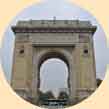 City tours
City tours Weekend in
Weekend in All our tours
 Our tours in
Our tours in Romania tours to
Romania tours to Tour Dracula
Tour Dracula Mini tour Dracula
Mini tour Dracula Tour from the
Tour from the Tour between
Tour between  Gastronomic and
Gastronomic and  Transylvania tours
Transylvania tours
 Honeymoon in
Honeymoon in  Medieval
Medieval Medieval
Medieval  Tour in the heart
Tour in the heart 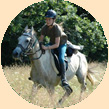 Horseback riding
Horseback riding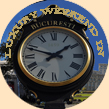 Luxury weekend in
Luxury weekend in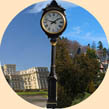 Weekend
Weekend Contacts and travelers opinions
 Contacts
Contacts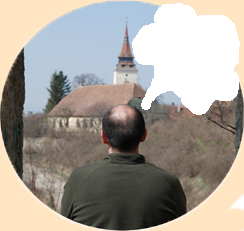 Our customers
Our customersDifferent items and services
 Tourist services
Tourist services  Our Blog
Our Blog Photos for sale
Photos for sale Friend links
Friend links
Cluj Napoca
One of the historical capitals of Transylvania the ancient Claudiopolis is today the capital of Cluj. By 1974 the city changed its name from Cluj in Cluj-Napoca (Klausenburg, Hungarian: Kolozsvár). Interesting interpretations of the origin of the name Cluj: some sources say the origin derives from the word Castrum Clus ("closed city" because of the mountains that surround it) while other sources want the origin of the German name Klaus "passage between the mountains). Cluj-Napoca was one of the seven medieval Saxon cities of Transylvania (in german Siebenbürgen note seven cities).
The origin of the city comes from the times of the colonization of Dacia by the Romans. Its strategic location made it a place of great importance until obtaining the ius italicum (legal status assigned by Rome and which granted various tax benefits to the locals). Following the withdrawal of the Roman administration from the territory of Dacia, the Castrum Clus (named in many medieval documents) sees a major immigration from the Saxon population with a subsequent flourishing of various businesses and the consequent birth of guilds of workers in various fields. Matei Corvin was born in this city realizing during his reign (between 1458 and 1490), a good prosperity.
The Communist period has left an indelible mark in the city so that the visit to urban center offers cultural insights: medieval houses alternate with Habsburg and Hungarian buildings. The Piata Unirii (Unity Square) is the main square where you can visit the great Gothic church of San Michele and the equestrian statue of Matei Corvin while the Orthodox Cathedral from Cluj-Napoca built in the years 1920-1930, after the Union of Transylvania with Romania is one of the largest religious buildings in the city. Near the square lies the attractive Hotel Continental (preferred by Hungarian nobility between the two world wars). Interesting are: the National Museum of art of Transylvania, the National Museum of Transylvanian History and Ethnographic Museum of Transylvania, the Ethnographic Park Romulus Vuia, the Reformed Church in 1436. Note that in Cluj-Napoca is one of the oldest universities of Romania, Babes-Bolyai University (named after two scientists, one Romanian and one Hungarian) and its important and beautiful botanical garden. To enjoy a nice view over the city is necesarry to reach the Hill Cetatuia.
Pictures of Cluj Napoca
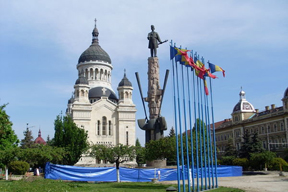 Orthodox Cathedral
Orthodox Cathedral
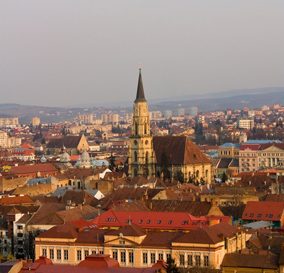 Landscape Cluj
Landscape Cluj
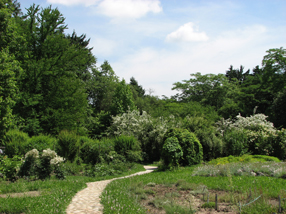 botanical garden
botanical garden
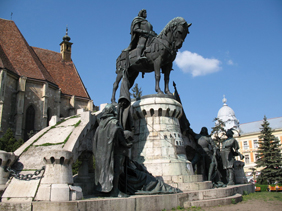 State Mattia Corvin
State Mattia Corvin
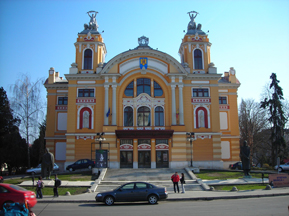 National Theatre Cluj
National Theatre Cluj
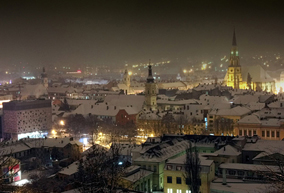 night ccenery Cluj
night ccenery Cluj
